Use VinaTap Coco peat
We hope that our useful products will be known and used by many farming customers around the world.
We are starting strong and ready to serve all orders
We hope that you and your colleagues who have access to this information can help introduce this useful product of ours to all growers and gardeners.
We sincerely thank you!
If you have the opportunity to visit Vietnam, we would like to welcome you as solemnly and affectionately as possible.
Use VinaTap Coco peat
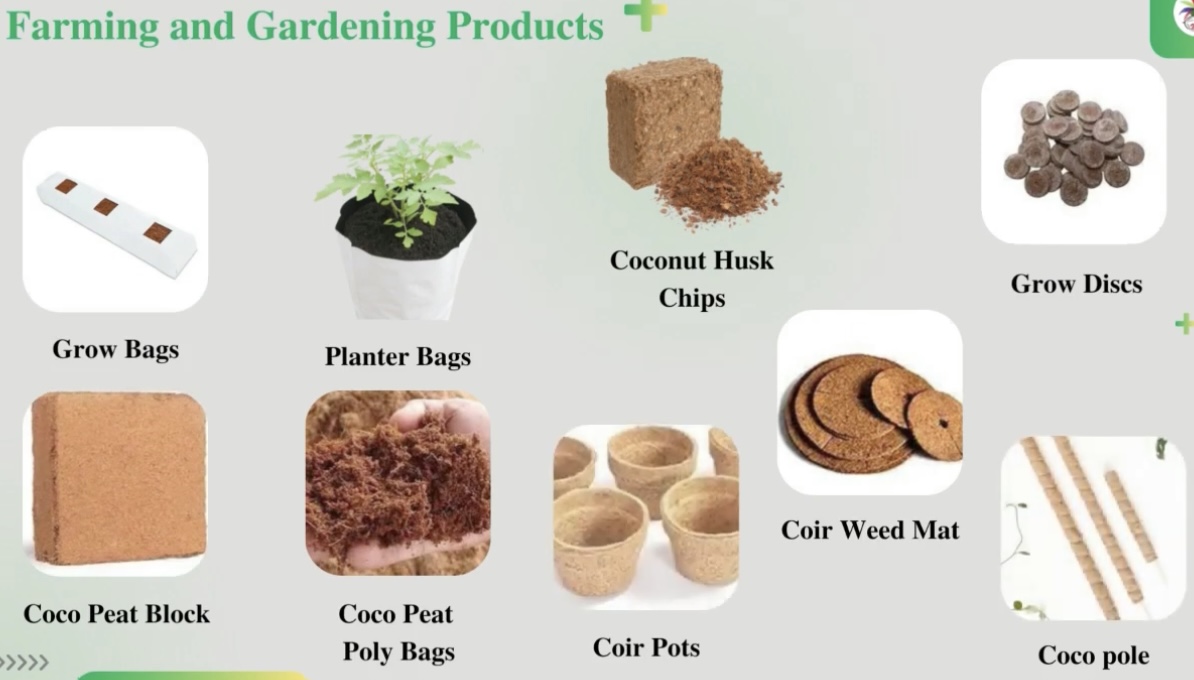 VinaTap Coco peat
VinaTap Coco peat
Due to the high cost of nutrients and the complexity of complex hydroponic systems, more and more growers are turning to VinaTap Coco peat for their personal needs. One satisfied customer said: “Even though I have grown a few crops, I have to be honest and say that I still know nothing about growing crops. With land, things always go wrong. First too much water, then too little. But that's history since I used VinaTap Coco peat. I am the perfect example that VinaTap Coco peat substrates are fool proof.”
More productivity! 6 to 10%
In addition to water, air is essential for the plant's root system. Research on a variety of growing media shows that more air leads to faster and more intensive rooting, 6-10% higher yields and lower fertilizer use. Faster and more intensive rooting means better root function in absorbing water and nutrients, meeting the needs of the plant. One way to achieve higher air levels in the substrate is to drip water less frequently. More water is absorbed from the substrate, the root system develops more intensively, and moisture saturation occurs less often. Tests show that drip irrigation just once per day means 3% more air is present in the substrate. You drip less with VinaTap Coco peat.
Growth is poorer due to water saturation
VinaTap Coco peat has a sponge-like texture and is known for its high water retention capacity. Therefore VinaTap Coco peat retains a large amount of water and nutrients. Growers should keep the medium slightly dry instead of soaking it wet. Wet conditions form an ideal base for fungal diseases such as Pythium. A drier substrate will introduce more air to the roots, stimulating them to absorb water and nutrients more actively. This leads to faster growth and higher productivity.
Another important tool is time. Once the VinaTap Coco peat has become too wet, reduce or pause watering until the COCO is completely dry and then begin watering normally again. Check the moisture content of the VinaTap Coco peat by hand or by determining its weight by lifting the pot or plate. The general rule when watering mature plants is 4 to 6 liters/m2/day. By reducing the frequency of drips and increasing the amount of nutrients per watering, the best use of available water and nutrients is achieved. This will also improve drainage.
Watering frequency depends on evaporation and water supply in VinaTap Coco peat. A general rule is; Once daily watering is sufficient for the first few weeks under normal conditions; then increase to 2 times a day; 2 hours after turning on the light and 2 hours before turning it off again. Please note, smaller root volumes per plant (small pots or multiple plants per slab) will cause COCO to dry out quickly. Therefore, it is important to water these plants more often.
COCO measurement method
The most reliable method to measure the nutrient content in COCO is to use the 1:1.5 extraction method. The EC and pH of the root medium can be determined using this method. The pH and EC of the drainage water are often different from the actual condition of the roots, as VinaTap Coco peat can retain and release elements.
Take a COCO sample from the plate or pot (photo 1). This can be done with a soil core sampler or a trowel. To obtain a representative sample, COCO must be collected from as many places as possible.
Collect the sample in a bowl and determine whether it contains enough moisture. COCO has just the right amount of moisture if the moisture disappears between your fingers when you squeeze it (photo 2). Add demineralized water if necessary and mix COCO.
Take a 250 ml measuring jug and fill it with 150 ml of demineralized water. Add COCO to the 250 ml mark (photo 3). Mix completely and let the mixture settle for at least two hours.
Mix again and measure the pH
Then filter this material and measure the EC
A 1:1.5 analysis can best be performed after 3 to 4 weeks. The target value for EC is between 1.1 and 1.3, for pH it is between 5.5 and 6.2. Very high EC values increase the risk of burning symptoms. To limit the risk of burning, COCO can be rinsed with acidified water containing Coco A/B nutrients at EC 0.65 (pH 5.8).
Damage
Plant damage due to hard water Typically, nutrients PK13/14 and VinaTap Coco peat can be used together. However, in the case of very hard tap water, this combination can cause problems. Very hard water contains high amounts of calcium and the amount of acid needed to establish a relatively high pH. This is due to the high bicarbonate content in the water.
When using PK 13/14 in such cases, the risk of water stagnation in the water tank increases and this can cause the drip tubes to become clogged. If you use very hard water for irrigation, you should use pH – Grow (nitric acid) instead of pH – Bloom (Phosphoric acid) to set the pH.












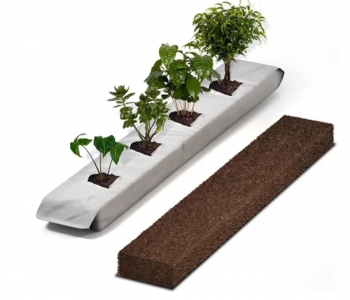
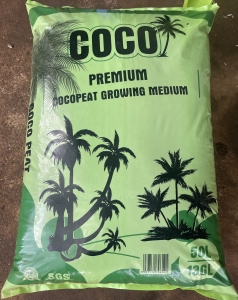
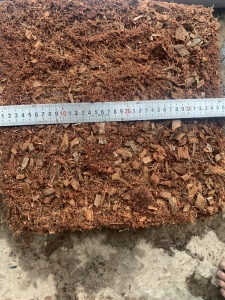
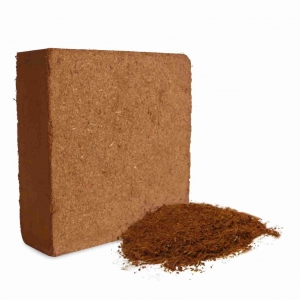
 Online: 4
Online: 4
 Total access: 4476177
Total access: 4476177